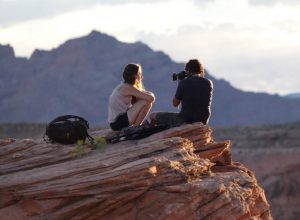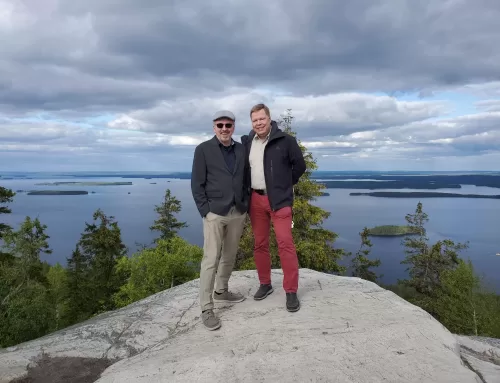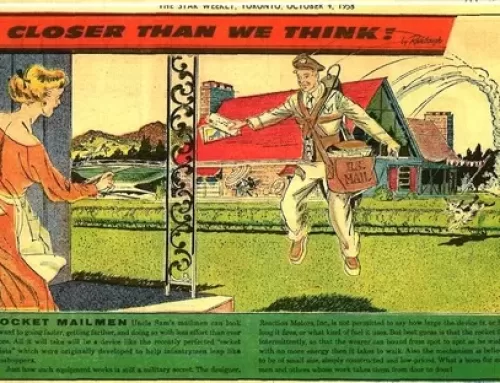 National Forests and public lands are experiencing increasing recreational visitation and this trend is expected to continue into the future. Forest Service managers strive to balance recreational use of public lands with other uses, as well as adequately supply and maintain recreational facilities like campgrounds and trails. At the same time, technology and social media is changing where and how people enjoy outdoor recreation. The Forest Futures horizon scanning database has picked up several hits on this topic, all of which have implications for forests and forest management in the immediate future. These hits include:
National Forests and public lands are experiencing increasing recreational visitation and this trend is expected to continue into the future. Forest Service managers strive to balance recreational use of public lands with other uses, as well as adequately supply and maintain recreational facilities like campgrounds and trails. At the same time, technology and social media is changing where and how people enjoy outdoor recreation. The Forest Futures horizon scanning database has picked up several hits on this topic, all of which have implications for forests and forest management in the immediate future. These hits include:
- Instagram is Loving Nature to Death. Recreationalists are increasingly picking where to go to experience the outdoors based areas’ “instagrammability” and land management agencies have been forced to play catch up to accommodate crowds. The number of visitors to Horseshoe Bend in the Glen Canyon National Recreation Area in Arizona has exploded from around 1,000 visitors a year to around 4,000 visitors a day. This increase in visitation can largely be attributed to the area’s popularity on Instagram — the hashtag #horsehoebend has been used 240,000 times on the app. Another popular spot on social media, Conundrum Springs in the White River National Forest in Colorado has also seen an exponential increase in visitors in recent years — prompting the Forest Service to require permits and reservations to visit the area. At Glen Canyon National Recreation Area, the National Park Service has opted to built a new parking area and a viewing platform to accommodate the volume of visitors to Horseshoe Bend.
- People Like to Watch Other People on YouTube. Similarly, a small but dedicated community of YouTube users watch and create videos recording hiking and camping trips. These videos allow users to experience recreation sites without leaving their homes, connect with other outdoor enthusiasts and serve as reviews for areas. YouTube videos could drive potential recreationists towards or away from areas.
- Hipcamp, the AirBnB for Camping, Allows Nature Lovers to Rent Land. Websites like Hipcamp, allow landowners to rent their land for camping over the internet. Increased opportunities to camp on private land could reduce demand for campsites on National Forests, but it could also change the demographics of people camping in National Forest or increase the number of day-visitors to National Forests if people are able to camp on adjacent private lands.
- RVs are Back and Better than Ever. Sales of Recreational Vehicles (RVs) are at record highs. This trend is driven, in part, by young consumers and has been attributed to smartphones which make it easier to navigate the country. RV road trips often involve stops in National Parks and National Forests. Some Instagram users have glamorized endless road trips and living in a van. These users track their travels with the hashtag #vanlife and inspire their followers to try similar trips and visit public lands along the way.
While many venture to the outdoors to unplug and get away from modern technology, it’s become clear that separating the internet from the rest of life– even in wild places — is impossible. Further changes and innovations in the way that people use the internet will also likely affect the way that people enjoy forests and people interested in how to manage forests in the future should take note. — Nicole Zimmerman



